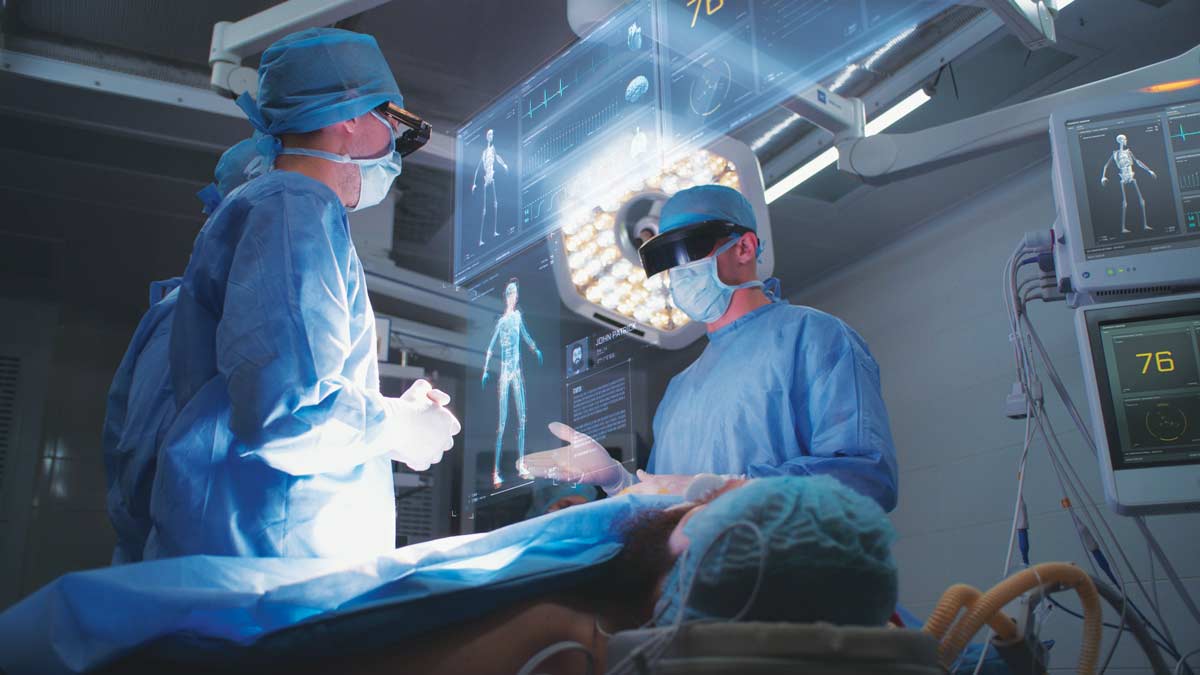
Healthcare infrastructure forms the backbone of high-quality medical care, supporting everything from routine patient services to emergency response and medical innovation. Proper management of these resources is critical for operational efficiency, cost control, and most importantly, improved patient outcomes. Modern infrastructure in healthcare facilities and hospitals is a vital investment with a direct impact on care quality, individual safety, operational effectiveness, and the system’s capacity to face future challenges.
Enhancing Patient Care
Real-time tracking systems enable quicker access to essential medical devices, minimizing delays in critical situations and improving treatment outcomes. Preventive and routine maintenance ensures that equipment remains operational, reducing unexpected downtimes and guaranteeing constant diagnostic and treatment readiness. Infrastructure improvements streamline workflows and automate inventory management, allowing healthcare staff to focus more on patient care. Identifying and redistributing underutilized assets helps avoid unnecessary purchases and ensures continuous availability of required medical resources.
Key Benefits of Modern Hospital Infrastructure
Improving Healthcare Quality
Access to cutting-edge technologies such as precision imaging, robotic surgery, and advanced monitoring systems enhances diagnostic accuracy, treatment effectiveness, and reduces complications. Modern facility design supports therapeutic recovery through calm, well-lit, ventilated, and quiet spaces that reduce patient stress. Updated layouts improve patient navigation, offer mobility-friendly access, and ensure practical parking and accommodation for individuals with special needs.
Ensuring Safety
Advanced ventilation systems, easy-to-clean materials, and hygienic designs help prevent the spread of infections. Buildings constructed to rigorous engineering standards protect patients and staff during emergencies like earthquakes or fires. Well-designed, ergonomic workspaces reduce physical strain on healthcare professionals, minimizing injury and fatigue.
Boosting Operational Performance
Efficient layouts and improved departmental integration speed up workflows and service delivery. Smart systems for managing energy, water, and supplies lower utility costs and contribute to sustainability goals. Integrated electronic health records and hospital information systems simplify administrative duties and improve coordination between medical teams.
Emergency Preparedness
Resilient infrastructure increases capacity to manage sudden patient influxes during epidemics or disasters. Flexible design enables hospitals to quickly adjust operations and services in crisis situations.
What Constitutes Healthcare Infrastructure
Healthcare infrastructure includes the systems, resources, and frameworks that support medical service delivery. This encompasses a variety of key elements: Medical facilities such as hospitals, clinics, rehabilitation centers, nursing homes, and long-term care institutions provide the necessary environments for diagnosis, treatment, and patient recovery. Medical equipment and technologies include diagnostic tools like CT scanners and X-rays, treatment devices, surgical instruments, and platforms for electronic health records and telemedicine. The healthcare workforce comprises physicians, nurses, pharmacists, technicians, and administrative staff who are essential to service provision. Supply chain and logistics systems ensure timely access to medicines, supplies, and equipment. Public health systems include epidemiological monitoring, disease prevention programs, and community health promotion. Information technology supports data management, remote monitoring, and communication between healthcare facilities.
Assets in the Healthcare Sector
Healthcare assets consist of physical and digital resources that support daily operations. These include high-tech devices such as ventilators and patient monitors, along with basic tools like wheelchairs, beds, and stretchers. IT infrastructure includes servers, computers, mobile devices, network hardware, and connected systems that manage data and operations. Facilities include the hospital buildings and essential services like heating, ventilation, plumbing, and electrical systems. Furniture such as beds, chairs, desks, and cabinets supports both clinical and administrative tasks. Medical consumables include frequently used items such as gloves, dressings, and IV bags, which require precise stock management. Pharmaceuticals must be stored and monitored carefully due to their sensitivity, regulatory requirements, and cost. Transportation includes ambulances, patient transfer vehicles, service carts, and maintenance trucks, all of which require proper upkeep. Digital assets consist of management software, electronic records, and other intangible tools critical to modern healthcare operations.
The Role of Continuous Maintenance
Continuous maintenance is a strategic component of healthcare infrastructure, extending beyond basic repairs to ensure safety, reliability, and long-term efficiency. It allows early detection of faults in systems such as HVAC, lighting, plumbing, and medical gases, preventing service disruptions. Proper maintenance sustains optimal performance of diagnostic and treatment devices, reduces clinical errors, and extends the life of high-cost equipment. Infrastructure upkeep minimizes risks associated with faulty doors, elevators, and flooring, helping prevent workplace injuries. Regular maintenance of ventilation and plumbing systems ensures hygienic environments, reducing the spread of infections. Compliance with local and international safety and health regulations is maintained, protecting institutions from legal risks and reputational damage.
Operational efficiency is significantly enhanced through strategic prevention of costly emergency repairs and by optimizing mechanical systems to effectively reduce energy consumption. Asset tracking plays a crucial role in improving budget planning by accurately identifying future replacement needs, which in turn promotes responsible and sustainable resource allocation. Implementing continuous maintenance routines supports long-term infrastructure development by identifying potential design flaws early and facilitating necessary upgrades before failures occur. This proactive approach allows for the smooth integration of new technologies, ensuring that systems remain current and efficient. Moreover, it contributes significantly to sustainability goals by reducing waste and improving overall energy and material efficiency across the healthcare facility. Viewing maintenance not merely as a cost but as a strategic investment underscores its importance in upholding the quality, safety, and reliability of healthcare services. It is indispensable for any healthcare system aiming to provide consistent, high-quality, and future-ready care, ultimately ensuring that patients receive the best possible outcomes in a safe and sustainable environment.















